Beech Lumber
- August 7, 2023
- 0 comment
Beech lumber, renowned for its outstanding strength, stability, and captivating visual appeal, has established itself as a sought-after hardwood in the world of woodworking. Harvested from the beech tree (Fagus grandifolia), a deciduous species indigenous to North America, Europe, and certain regions of Asia, this lumber possesses a host of desirable qualities.
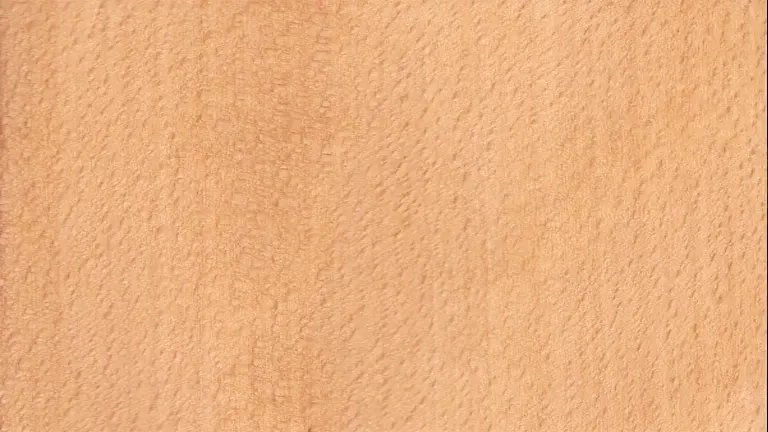
Its consistent straight grain and fine texture make it an attractive choice for a myriad of woodworking projects. From crafting elegant furniture pieces to intricate cabinetry, flooring, and veneers, beech lumber showcases its versatility and durability, earning the trust and admiration of skilled craftsmen and furniture makers alike.
As a wood of choice for various applications, beech lumber offers a balance of workability and resilience that further bolsters its popularity. Its ease of manipulation with both hand and machine tools makes it a pleasure to work with, while its reliable durability ensures longevity in finished products. Crafters appreciate the smooth finishes that can be achieved with beech, enhancing the overall aesthetic of their creations.
| Characteristic | Information |
|---|---|
| Common Name(s) | Beech |
| Scientific Name | Fagus genus (e.g., Fagus sylvatica for European beech) |
| Distribution | Europe, North America, Asia |
| Tree Size | 50-80 feet tall, 2-3 feet in diameter |
| Avg. Dried Weight | 42 lbs/ft3 (675 kg/m3) |
| Specific Gravity | 0.64 – 0.79 |
| Janka Hardness | 1,450 lbf (6,460 N) |
| Modulus of Rupture | 15,200 psi (105 MPa) |
| Elastic Modulus | 1.8 – 2.3 million psi (12 – 16 GPa) |
| Crushing Strength | 7,000 lbf/in2 (48.3 MPa) |
| Shrinkage | Radial: 4.6%, Tangential: 9.6%, Volumetric: 14.3% |
Characteristics
Color/Appearance
Beech lumber exhibits a pale cream to light brown color with a subtle pinkish hue. As the wood ages and is exposed to light, it tends to darken slightly, developing an attractive patina.
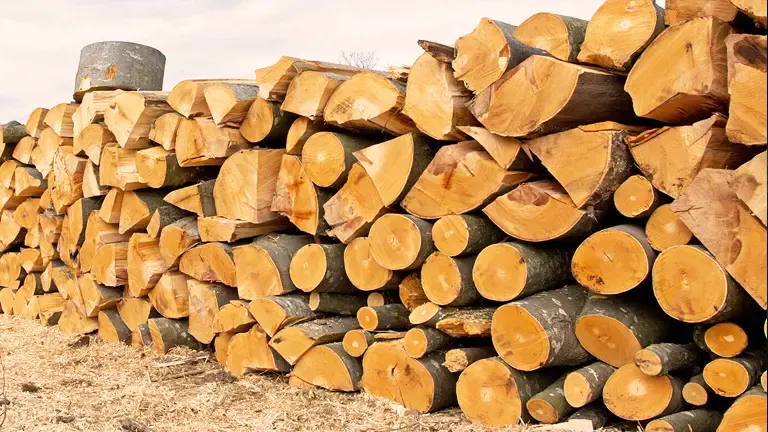

Grain/Texture
One of the notable features of beech lumber is its straight grain pattern, which gives the wood a uniform and consistent appearance. The texture is fine and even, making it an excellent choice for projects that require smooth finishes.
Rot Resistance
Beech wood is not naturally resistant to decay and is susceptible to fungal attacks and rot when exposed to moisture and the elements. Therefore, it is not recommended for use in outdoor or damp environments unless properly treated with preservatives.
Workability
Beech is known for its excellent workability with both hand and machine tools. It is relatively easy to saw, plane, and carve, allowing woodworkers to achieve precise and intricate details in their projects. Beech also holds screws and nails well, making it suitable for various joinery applications.
Odor
Beech wood generally lacks a distinctive odor, making it a neutral choice for projects where strong odors might be undesirable.
Allergies/Toxicity
There are no specific reports of beech causing allergic reactions or toxicity concerns. It is considered safe to handle and work with for most individuals.
Pricing/Availability
Beech lumber is moderately priced and widely available in most regions. Its popularity and widespread distribution make it accessible to both professionals and hobbyists alike.
Sustainability
Beech is considered a sustainable wood choice due to the ample availability of beech trees in various regions and responsible forestry practices. When sourced from well-managed forests, beech lumber can be an environmentally friendly option.
Common Uses
Beech lumber finds diverse applications in woodworking and construction projects. Some common uses include furniture-making, cabinetry, solid wood flooring, veneers, tool handles, and specialty wood items. Its attractive appearance, workability, and moderate price point make it a preferred choice for many craftsmen and manufacturers.

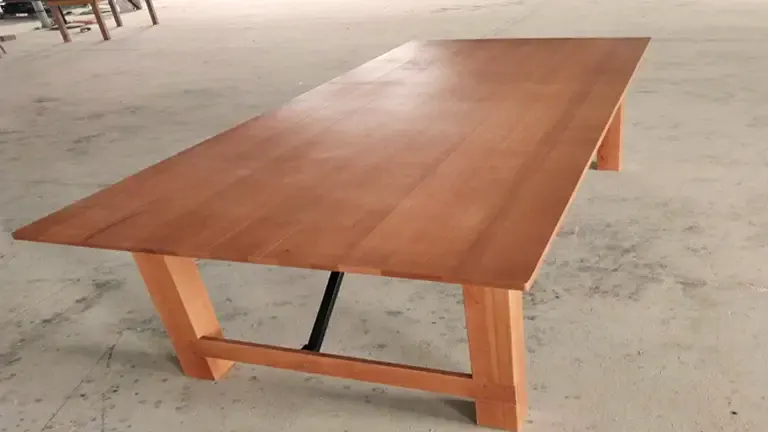
There are several species of beech trees, each with its own unique characteristics. The most common types of beech lumber include:
- European Beech (Fagus sylvatica): European beech is one of the most prevalent and widely known species. It is native to Europe and is highly valued for its fine, even texture and excellent workability. European beech lumber typically exhibits a pale cream to light brown color with a subtle reddish/pinkish hue. It is popular for furniture-making, cabinetry, flooring, and a variety of woodworking applications.
- American Beech (Fagus grandifolia): American beech is native to North America and shares many similarities with European beech. The wood color ranges from pale cream to light brown, and it darkens slightly with age. It has a fine texture and a straight grain, making it suitable for various woodworking projects. American beech is used in furniture construction, interior millwork, and specialty wood items.
- Japanese Beech (Fagus crenata): Also known as Siebold’s beech, Japanese beech is native to Japan and South Korea. It is similar to European beech in appearance, with a pale cream to light brown color. Japanese beech lumber is used for furniture, cabinetry, and woodworking, but it is less common in the global market compared to European and American beech.
- Chinese Beech (Fagus engleriana): Chinese beech is native to China and has a color range similar to European and American beech, with pale cream to light brown hues. It is used in various woodworking applications and is appreciated for its fine texture and ease of workability.
- Mexican Beech (Fagus grandifolia var. mexicana): Mexican beech, also known as red beech or haya, is native to Mexico and Central America. It differs from other beech species in that it often exhibits darker reddish-brown colors. Mexican beech lumber is utilized in furniture-making, cabinetry, and interior woodwork.
Frequently Asked Questions
- Is Beech lumber suitable for outdoor projects?
No, beech lumber is not naturally resistant to decay. It is best suited for indoor applications unless properly treated for outdoor use. - Can I stain Beech lumber?
Yes, beech lumber takes stains and finishes well, allowing you to achieve various colors and finishes to suit your preferences. - Is Beech lumber hard and durable?
Beech is a relatively hard wood with good durability for indoor use. However, it may be susceptible to dents and scratches in heavy-use applications. - Where is Beech lumber commonly found?
Beech trees are native to Europe, North America, and parts of Asia, making beech lumber widely available in these regions. - Can Beech wood be used for turning or carving projects?
Yes, beech’s fine texture and ease of workability make it a popular choice for turning and carving projects. - Is Beech lumber sustainably sourced?
Yes, beech is considered sustainable when harvested responsibly from well-managed forests. - Does Beech have any unique characteristics?
Beech wood often exhibits attractive rays, giving it a distinctive appearance in certain lighting conditions.
We’d love to hear from you! Share your personal experiences and thoughts about Beech Lumber in the comments section below. Your insights could help fellow woodworkers make informed decisions!


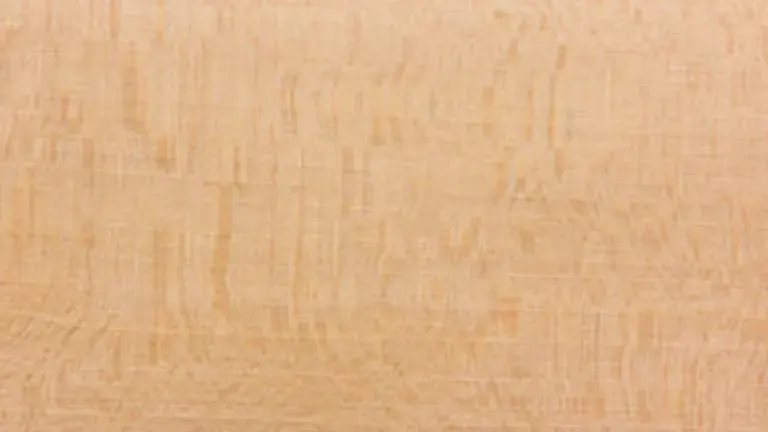
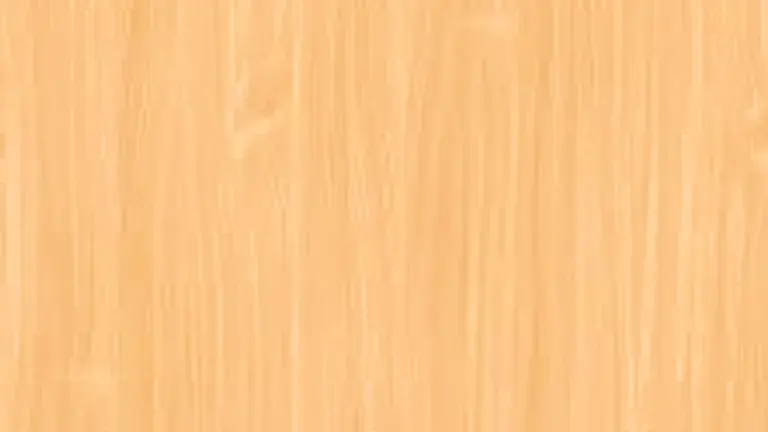
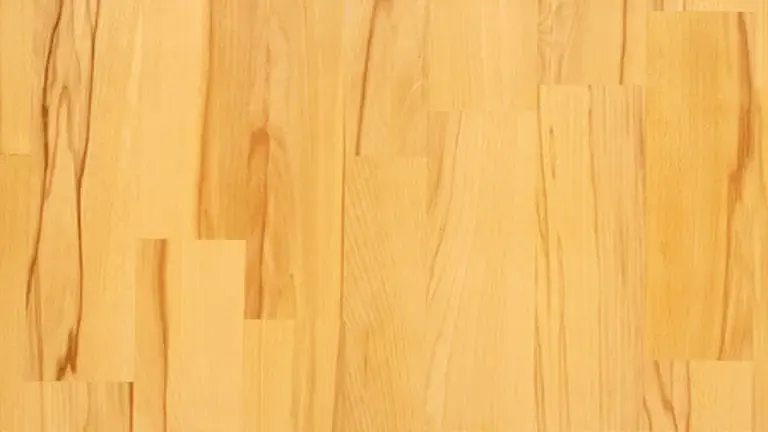
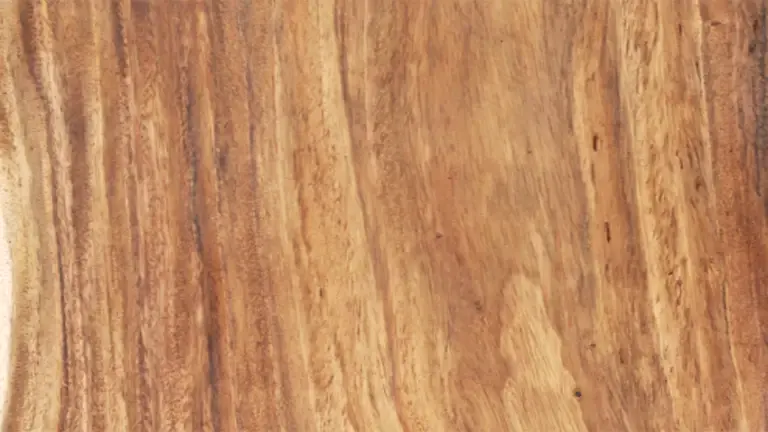
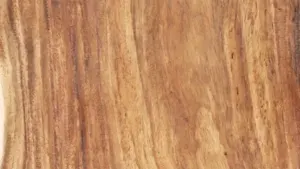
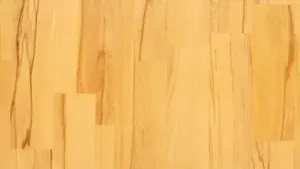

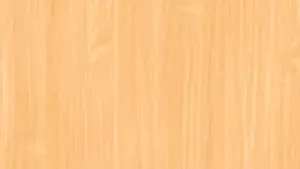

Leave your comment